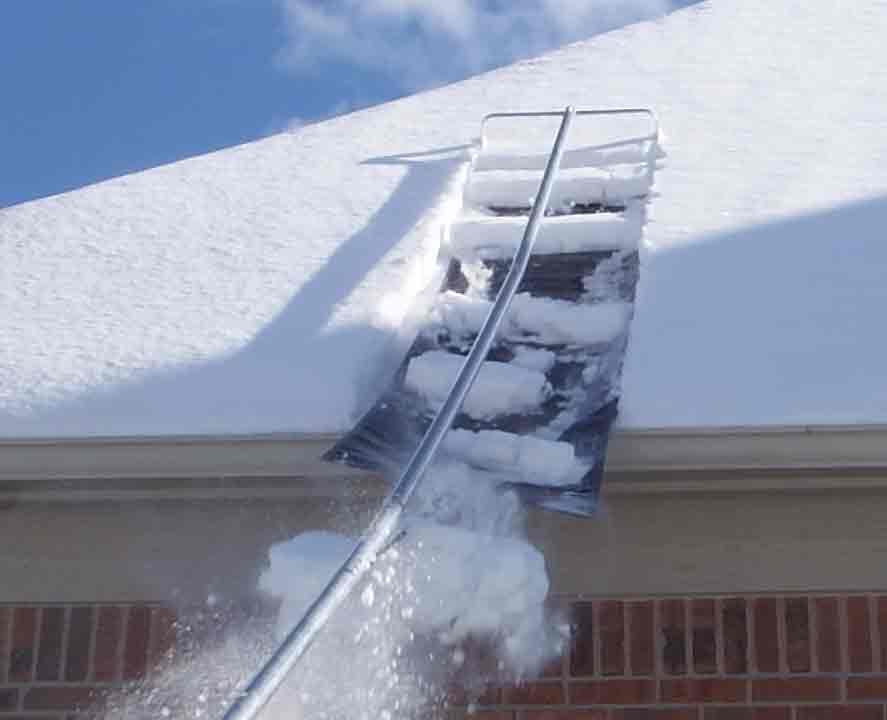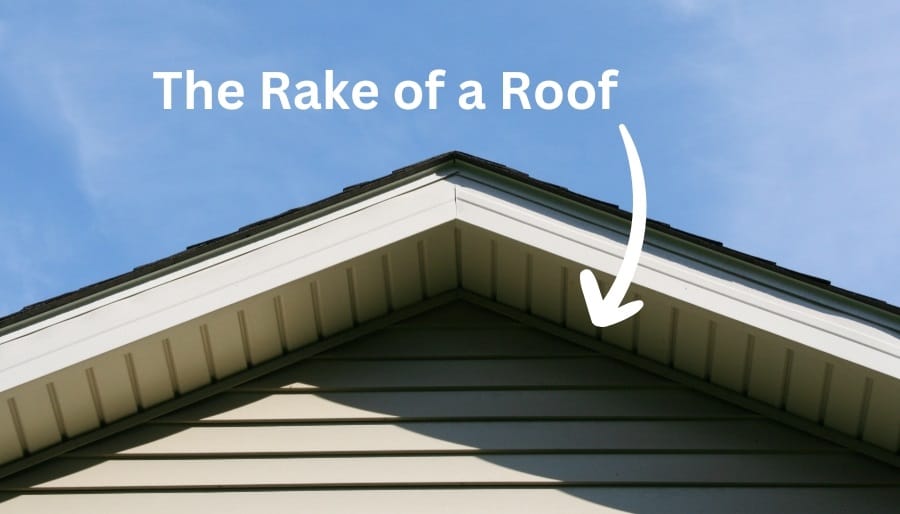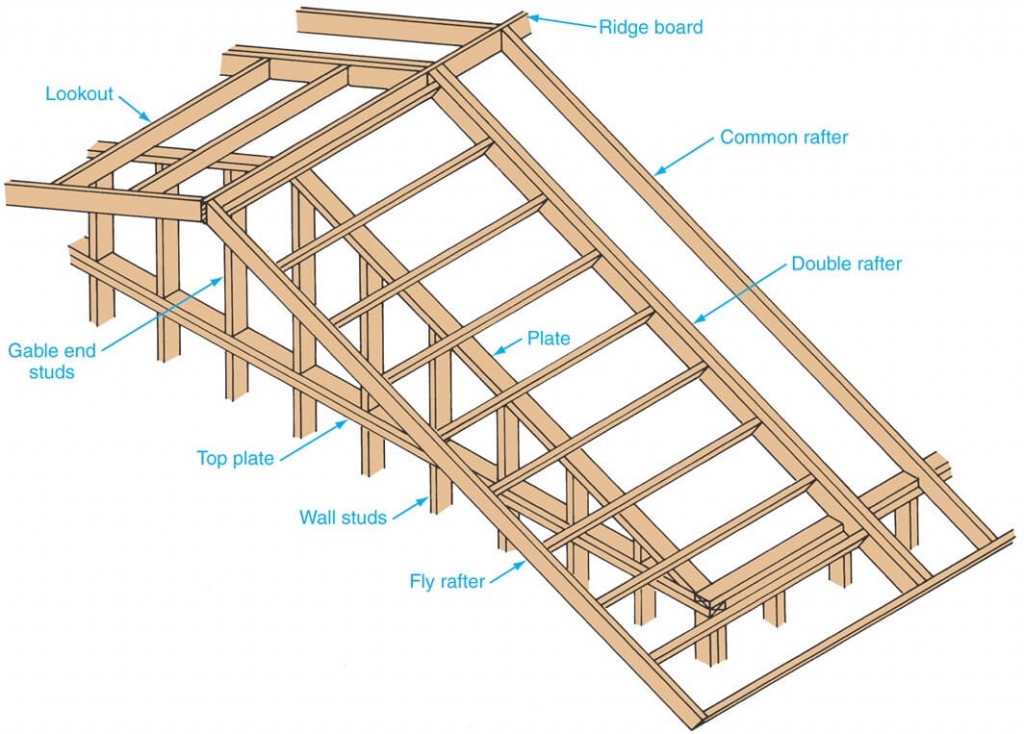Is your roof winter-ready? Ignoring the potential dangers of accumulated snow on your roof can lead to costly repairs and even structural failure, making proactive snow removal a critical aspect of home maintenance.
The winter months bring picturesque scenes of snow-covered landscapes, but for homeowners, this beauty can present a significant challenge. Snow accumulation on roofs, while aesthetically pleasing, poses several risks that demand attention. From ice dams to structural collapse, understanding the potential consequences and implementing preventative measures is vital. The weight of snow, coupled with the formation of ice dams, can cause water to back up under shingles, leading to leaks and damage to walls, ceilings, and insulation. Furthermore, the sheer weight of the snow can overload the roof's structure, potentially causing it to collapse. The effective removal of snow, therefore, is not just about aesthetics; it is a matter of protecting your investment and ensuring the safety of your home and its occupants. While many methods exist for managing snow accumulation, one of the most common is the use of a roof rake. However, proper usage and understanding of the tool are essential to avoid causing more harm than good.
The Dangers of Neglect: A Deeper Dive
Ignoring the buildup of snow on your roof is akin to inviting trouble into your home. The consequences extend beyond the immediate inconvenience of leaks and damaged ceilings. The persistent presence of snow and ice can erode the structural integrity of your roof over time, leading to costly repairs or even complete replacement. Water, when it penetrates through the roof, can seep into the insulation, creating a breeding ground for mold and mildew, posing health risks to the inhabitants. Furthermore, the additional weight can warp the roof's framework, causing unevenness and potentially leading to a premature failure. In extreme cases, heavy snowfalls can lead to a roof's complete collapse, causing significant property damage and posing a danger to anyone inside.
Ice Dams: The Silent Threat
Ice dams are a particularly insidious threat during the winter. They form when snow on a roof melts, the water then runs down to the eaves, which are colder than the rest of the roof, and refreezes. This creates a dam of ice, trapping water behind it. This trapped water then backs up under the shingles, where it can find its way into the home. This leads to leaks, staining of ceilings and walls, and damage to insulation. Ice dams can be avoided by ensuring adequate insulation, ventilation, and a well-functioning drainage system for your roof.
Snow Loading: The Weighty Concern
The amount of snow a roof can handle varies based on several factors: roof design, age, materials, and the prevailing weather conditions. In areas prone to heavy snowfalls, it is particularly important to be aware of the risks of snow loading. The accumulated weight of snow can put immense strain on the roof's supporting structure, especially if the snow is dense and wet. Monitoring snowfall and understanding the load-bearing capacity of your roof is crucial. If you are concerned about the amount of snow on your roof, it is essential to remove it safely.
Understanding the Roof Rake: A Double-Edged Tool
The roof rake, while a useful tool when used correctly, can present its own set of risks. Designed to remove snow from a roof, a roof rake typically consists of a long handle with a blade or head designed to pull snow down from the roof's surface. However, it is crucial to use a roof rake properly to avoid causing damage. Catching the edge of the rake on a piece of flashing or loose shingle can lead to tearing or dislodging. The use of a roof rake on a ladder or standing on a snowy rooftop poses a significant risk of falls. As with any tool, understanding its limitations and practicing proper safety procedures is paramount.
When to Deploy the Roof Rake: Timing is Key
Knowing when to use a roof rake is as important as knowing how to use it. The best time to deploy a roof rake is after a snowfall, before the snow has had a chance to pack down and become icy. Regular removal of snow prevents ice dams from forming and reduces the overall load on the roof. However, if the snow has been on the roof for a while and become hardened or icy, using a roof rake can be challenging and may even damage the rake itself. Patience and a careful approach are essential.
How to Safely Use a Roof Rake: A Step-by-Step Guide
Safety should always be the foremost consideration when using a roof rake. The following guidelines can help minimize the risks involved:
- Choose the Right Rake: Ensure that your roof rake is in good condition, with a secure head and a handle that is long enough to reach the roof without requiring you to stand on a ladder.
- Start From the Edge: Begin at the edge of the roof and pull the snow downwards. Avoid the temptation to pull the rake too far up the roof, as this can be difficult and increases the risk of losing control.
- Work in Sections: Remove snow in manageable sections, rather than trying to clear the entire roof at once. This is less strenuous and allows you to monitor your progress and potential damage.
- Avoid Aggression: Be gentle, especially on the first use. Trying to clear hardened, icy snow may damage the rake or the roof.
- Never Stand on the Roof or a Ladder: This poses a significant risk of falls.
- Clear Paths: Ensure that there is a clear path for the snow to fall, away from walkways and entrances.
- Follow Manufacturer's Instructions: Read and adhere to the manufacturer's instructions for safe and effective use.
- Consider Alternatives: If you are uncomfortable using a roof rake, consider hiring a professional snow removal service.
Alternative Snow Removal Systems: Exploring Other Options
While the roof rake is a common tool, other snow removal systems offer different approaches. The "roof razor" snow removal system, for example, is designed to prevent ice dams and snow loading. Some systems utilize heating cables along the roof's edge to melt the snow and prevent ice dam formation. The best choice of snow removal system will depend on your roof type, the severity of winter conditions in your area, and your personal preferences. Consulting with a roofing professional can help you determine the most appropriate approach.
Preventing Damage: Beyond Snow Removal
Snow removal is an important part of roof maintenance, but it is not the only factor in protecting your roof. Several other steps can be taken to ensure that your roof remains in good condition:
- Regular Inspections: Have your roof inspected regularly, ideally before the winter season begins. This will allow you to identify and address any potential issues before they worsen.
- Proper Insulation and Ventilation: Adequate insulation and ventilation in your attic prevent the buildup of heat, which can contribute to ice dam formation.
- Gutter Maintenance: Keep your gutters clean and free of debris to ensure proper drainage.
- Trim Overhanging Branches: Overhanging tree branches can contribute to snow accumulation and also pose a risk of falling onto the roof during storms.
- Consider Professional Help: Don't hesitate to contact a professional roofer for any concerns or tasks you are unsure of.
The Triangular Roof and Rake Compatibility
Although the article doesnt focus on a particular roof type, it mentions the triangular roof. Numerous roofing systems have a triangular shape, and their design allows for the use of a rake. This roof design and rake compatibility highlights the potential for the use of rakes on other roof types.
Making the Job Safer
A good roof rake is designed to make the job of clearing your roof safer. The longer handles and adjustable heads minimize the need to climb onto the roof or use a ladder. By using a roof rake correctly, homeowners can minimize the risk of accidents and property damage.
The Importance of Following Instructions
Trying to clear hardened icy snow may damage most rakes. It is essential to follow the directions on the box to avoid damage to your investment. Manufacturers design roof rakes with specific operational parameters. Adhering to these guidelines ensures the effectiveness of the tool and protects both the user and the equipment.
When Things Go Wrong
Even though it seems entirely safe to use, many things can go wrong when cleaning large amounts of snow from the roof. That is why following safety guidelines and practicing caution are essential.
Ensuring a Constantly Clean Roof
By following the tips on using a roof rake safely, you can ensure a constantly clean roof during winter, with minimum time and effort. This proactive approach helps to protect your home and prevent potential damage.


